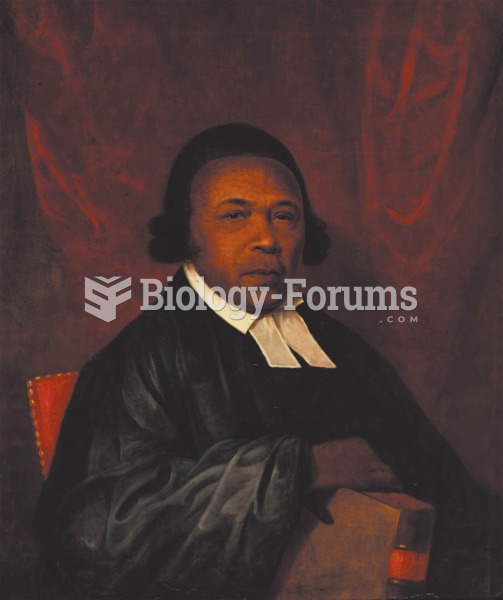Answer to Question 1
Both total lipids and specific types of lipids can influence a person's risk for developing atherosclerosis, blood clots, and aneurysms-and therefore cardiovascular disease. For example, high intakes of total fats, certain saturated fatty acids, ortransfatty acids may increase risk for cardiovascular disease in some people, whereas monounsaturated fatty acids may have the opposite effect. Excessive consumption of carbohydrates, particularly refined carbohydrates and fructose, can also increase risk of cardiovascular disease by a mechanism that involves low-density lipoproteins (LDLs). Researchers believe that consumption of these types of sugars cause LDL particles to become smaller and less dense, and that these subclasses of LDL are especially atherogenic.A person's genetic makeup can also interact with diet to influence health-this holds especially true for lipids and cardiovascular disease. For instance, many studies have shown that the consumption of a diet high in cholesterol can increase blood cholesterol (a risk factor for cardiovascular disease) in some people. However, some people can eat very high amounts of cholesterol without experiencing this effect. This inconsistency may arise because some people absorb dietary cholesterol efficiently while others may naturally excrete more cholesterol in their feces. Genetic variation can also influence a person's high-density lipoproteins and LDL levels and functioning. For example, the ability of immune cells in blood vessel walls to take up LDL particles (and thus form plaques) may be influenced by variations in the genes that code for LDL receptor proteins. As scientists learn more about how genetic makeup interacts with diet to influence health, health professionals will be better able to prescribe the most heart-healthy diet given a person's individual genetics.
Answer to Question 2
The second stage of triglyceride digestion begins when food enters your stomach, stimulating the release of gastrin from specialized stomach cells. The hormone gastrin stimulates the release of gastric juices in the stomach. Gastrin also causes the muscular wall of the stomach to vigorously contract. Circulating in the blood, gastrin quickly stimulates the release of gastric lipase, an enzyme produced in the stomach. Gastric lipase, a component of the gastric juices, picks up where lingual lipase left off by further cleaving fatty acids from the glycerol molecules.







